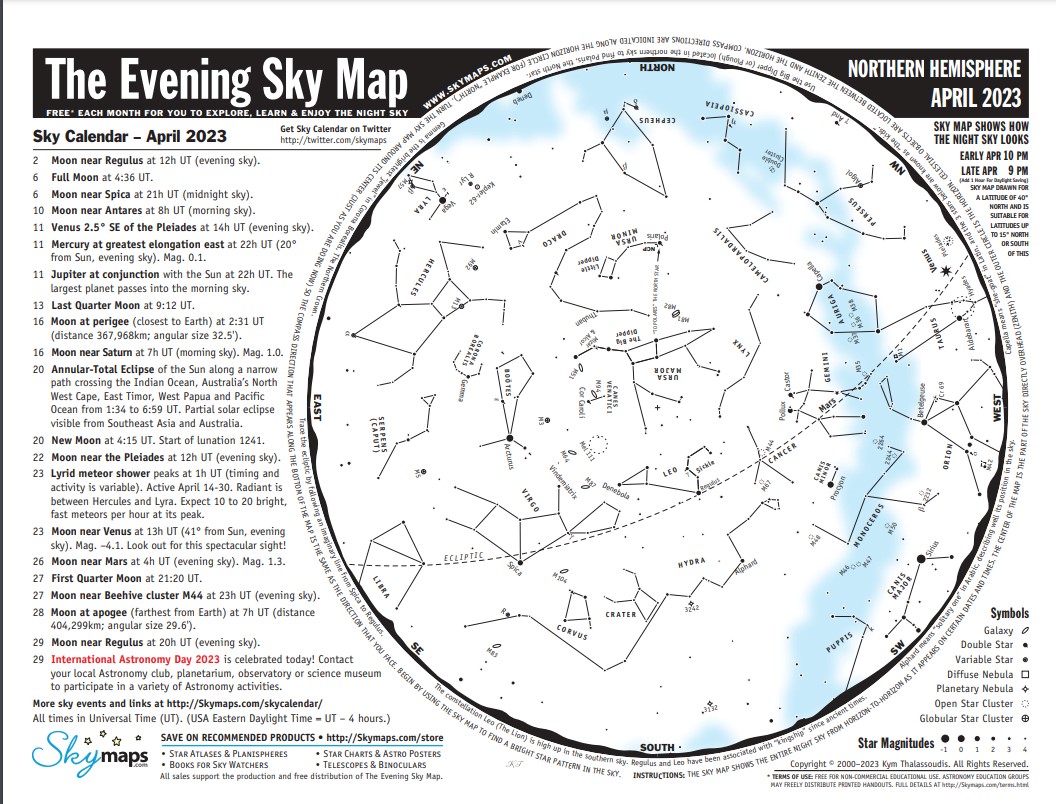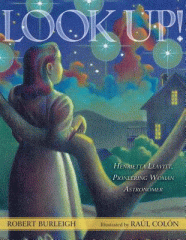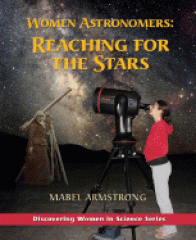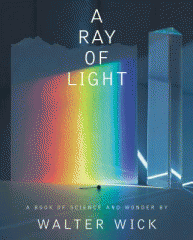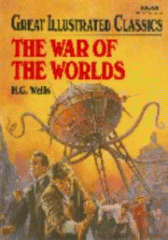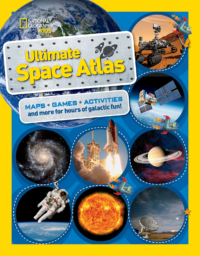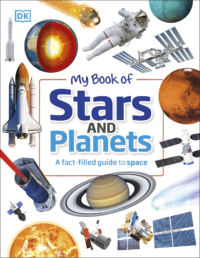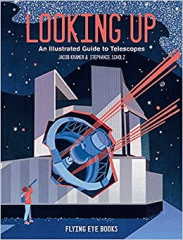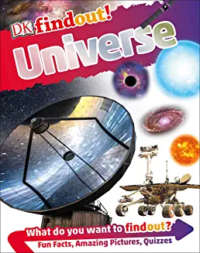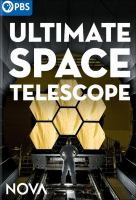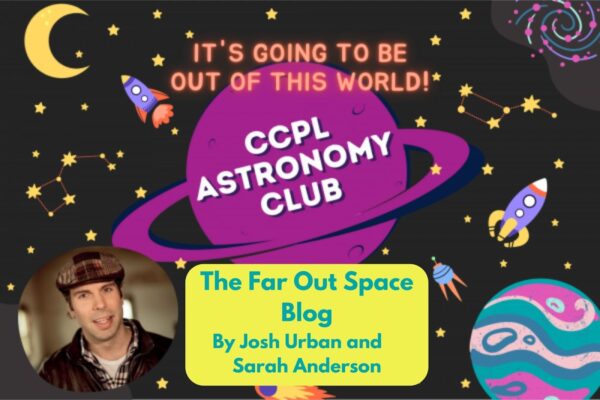
Ahoy, astronomers! Welcome to The Far Out Space Blog!
Previously on the CCPL Astronomy Club – Spring has sprung, hope springs eternal, and so do questions. Our March meeting featured some snazzy queries, and I almost fell off my chair when I heard ’em. (Questions ROCK!) We also talked about how Henrietta Leavitt discovered a cosmic yardstick (Cepheid variable stars), parallax, red giant stars (Arcturus), and how to find Venus in the evening sky. The fun continues at the next meeting, Thursday, April 27th, at 6 pm. In the meantime, here are a few things you’ll enjoy.
Sky Happenings and How to See Them – With warmer weather, it’s a great time to get outside and catch some views!
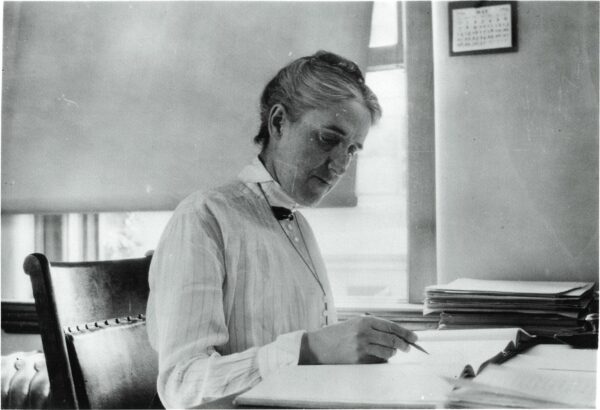
But how do they know? Cosmic Yardsticks – For nearby stars, astronomers use parallax. Here’s a great video explaining it. But, that only works for “local” stars. For a long time, it was thought our own Milky Way galaxy was the whole universe. A big step in figuring out that space is ginormous (technical word alert!) involved a lady named Henrietta, and stars that vary in brightness (variable stars – a boring name, but true).
If a star was close enough (within a few hundred light years), they could measure it with parallax. But what if it’s farther? Here’s the problem. If you see a bright star, is it truly bright, or is it just close? (A ten watt light bulb will look bright if it’s right in your face, and a hundred watt one will be dim if it’s down the hall.)
For a long time, everyone was stuck, and the universe, while huge, seemed a lot smaller than it actually was. If you know how bright a bulb – or star – is supposed to be, and then compare it with how bright it looks, then you can figure out the distance. But, trouble is – stars don’t have a little number saying “Ten billion watts, fire hazard if used in the ‘fridge”, do they?
Way back in 1912, Henrietta Leavitt realized that a Cephid variable star (named after the first one discovered in the constellation Cepheus) did something really cool. She measured the distances of the several nearby Cepheids with parallax and realized the brighter ones varied slower than the dimmer ones.
In other words, the “higher wattage” stars blinked slower than the “lower wattage” ones. Now astronomers could identify the true brightness (luminosity)of a star, and calculate it’s distance by how bright it appeared on earth. If a “100 watt” star in one part of the sky is dimmer than another “100 watt” star in another, the dimmer one is farther away, because we know it’s actually bright, and the distance is the cause of the faintness.
I know this sounds a bit strange, so here’s a great video on the topic. Edwin Hubble used this yardstick in 1924 to look at Cepheid variable stars in the “Andromeda Nebula” and figured out…it was another galaxy, 2.5 million light years away. (Our own galaxy is a bit over a hundred thousand light years across.)
BOOM! Although the story is a bit more complicated, the upshot is: humanity realized their pond of a universe turned into an ocean.
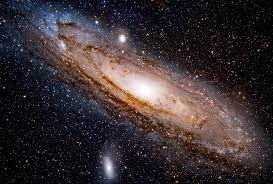
What a Great Question! – Somebody had to say it. That knockout punch, the answer to my constant question “Does anyone have any questions?”
“Why is the sky blue?” (Way to go for asking!) This is how we learn, this is how we turn into astronauts and measure the stars. Never, ever stop asking questions!
And now, the answer: Rayleigh Scattering. I knew at one time, forgot, and had to look it up. Shortest answer: the air is clear, and the sunshine is white – many colors. When it hits the upper atmosphere, the atmospheric molecules scatter blue light more than the other colors. Here’s a simple video, and one with a little more detail. Lord Rayleigh figured it out. (It’s said his daughter Ashleigh Rayleigh invented the pumpkin spice latte, but that’s probably not true.)
Until Next Time – Check out those spring skies, see if you can spy any Lyrid meteors, and try to find Arcturus in the east. Bonus points if you spot Mercury after sunset.
As always, if you have any questions, have your parents help you send a note to JoshUrban@Protonmail.com.
Don’t forget to check out the Southern Maryland Astronomical Society, and visit their observatory in Nanjemoy!
Thanks for reading, folks, and keep looking up…and keep asking those great questions!
Clear skies,
Josh
CCPL Astronomy Club is held on the last Thursday of every month, September through May.
Register today to join us next time on April 27th at 6pm.
In the meantime check out some of these awesome books you can get from the library as well as some other great resources to learn more about this month’s topics!
Look Up!: Henrietta Leavitt, Pioneering Woman Astronomer by Robert Burleigh
An illustrated portrait of astronomer Henrietta Swan Leavitt traces the years she spent measuring stars from her position at the Harvard College Observatory and her important discoveries that enabled the scientific community to gain a fuller understanding of the universe’s vast size.
Unsung Heroes of Science by Todd Kortemeier
From fossil hunters to nuclear researchers, this book introduces remarkable individuals whose contributions to science were often overlooked. Colorful spreads full of photographs and sidebars support reader engagement and celebrate each hero’s achievements. Includes a chapter about Henrietta Swan Leavitt.
Women Astronomers: Reaching for the Stars by Mabel Armstrong
Women Astronomers covers some of the fascinating women who dared to look toward the stars from the first known woman astronomer Hypatia of Alexandria to Astronaut Sally Ride and all the fascinating, brave women in between. Includes a chapter about Henrietta Swan Leavitt.
A Ray of Light: A Book of Science and Wonder by Walter Wick
The wonder of light has fascinated readers for ages. Walter Wick’s mesmerizing photographs paired with simple yet fascinating text and scientific observations help readers understand the secrets and complexity of light. You will learn what light is made of and how it fits alongside everything else in the world. Walter introduces readers into the mystery behind incandescence, light waves, the color spectrum and iridescence as well how we perceive light in our world and beyond.
Light by Grace Hansen
This title will explain what light is and how it travels in waves. It also explains how humans see light with their eyes as color! It is complete with carefully chosen photographs and labeled diagrams to help visual learners.
Why?: Answers to Everyday Scientific Questions by Joel Levy
Provides easy-to-explain answers to questions about science, including why is the sky blue, why can’t humans breathe underwater, and why is the universe expanding.
The War of the Worlds by H.G. Wells, adapted by Malvina G. Vogel
As life on Mars becomes impossible, Martians and their terrifying machines invade the earth.
War of the Worlds (1953) DVD
H.G. Wells’ classic novel is brought to life in this tale of alien invasion. The residents of a small town in California are excited when a flaming meteor lands in the hills. Their joy is tempered somewhat when they discover that it has passengers who are not very friendly.
The War of the Worlds (Graphic Novel) by H.G. Wells, retold by Davis Worth Miller and Katherine McLean Brevard
In the late 19th century, a cylinder crashes down near London. When George investigates, a Martian activates an evil machine and begins destroying everything in its path! George must find a way to survive a War of the Worlds.
Ultimate Space Atlas : Maps, Games, Activities And More For Hours Of Galactic Fun! By Carolyn DeCristofano (EBOOK)
To read this and many other National Geographic Kids ebooks just click on the section of the catalog listing where it says “Web Site: – Cengage” then enter your library card number and enjoy!
My Book of Stars and Planets by Dr. Parshati Patel
Join us on an adventure across the universe, as we rocket to the stars, marvel at mysterious planets and discover galaxies far far away.
Three, two, one, blast off! From icy worlds and hot, fiery giants to the biggest telescopes and latest spacecraft, this book about space covers more than 40 profiles of the planets, stars and celestial objects.
Looking Up: An Illustrated Guide to Telescopes by Jacob Kramer and Stephanie Scholz
Looking Up is a celebration of telescopes – their shapes, sizes, and the science they enable. Open your eyes to the wonder of the skies. All over the world, people have built fantastic structures for looking up into the sky. These telescopes are not just scientific instruments — they are monuments to curiosity and collaboration. In this book readers are introduced to the amazing spectrum of light, and the diverse shapes and methods used to study it.
DKfindout! Universe
Children’s nonfiction book about the universe, our solar system, observations of the starry skies, and the mind-blowing wonders of outer space. Learn about icy planets and explosive stars, far-off galaxies that powerful telescopes looking deep into space have captured, observatories and astronomy, and whole new worlds discovered by space-exploring probes.
Ultimate Space Telescope (DVD)
How did NASA engineers build and launch the most ambitious telescope of all time? Follow the dramatic story of the James Webb Space Telescope — the most complex machine ever launched into space.

